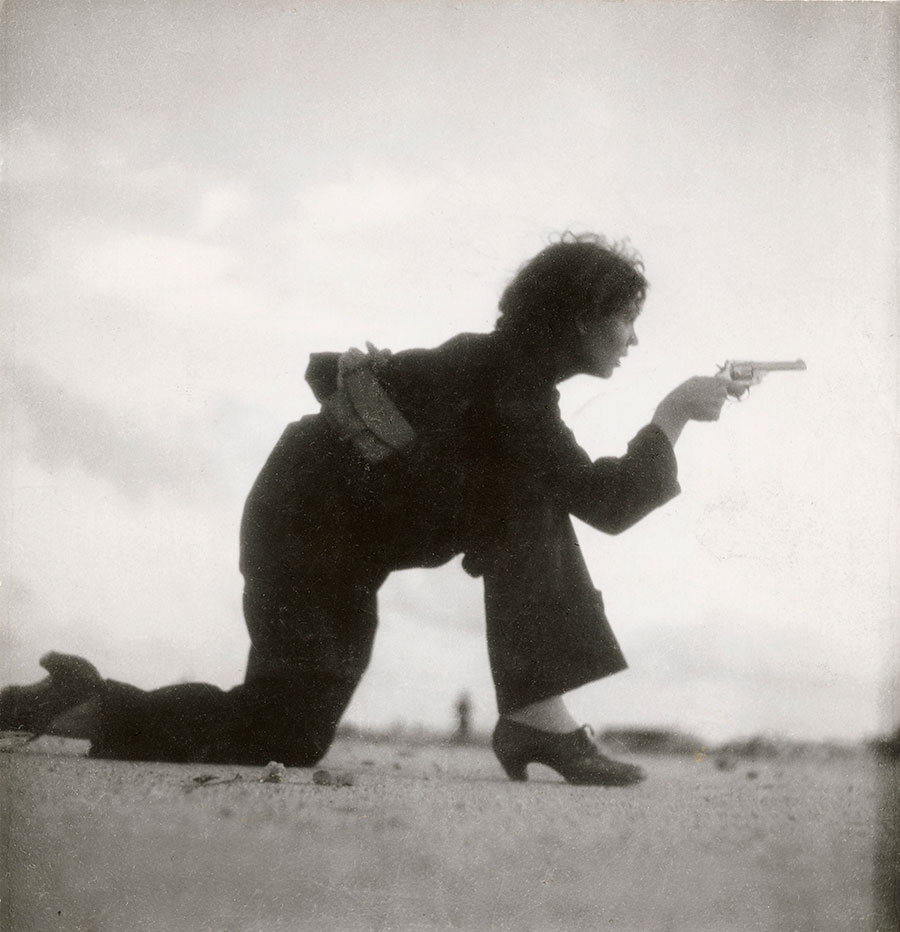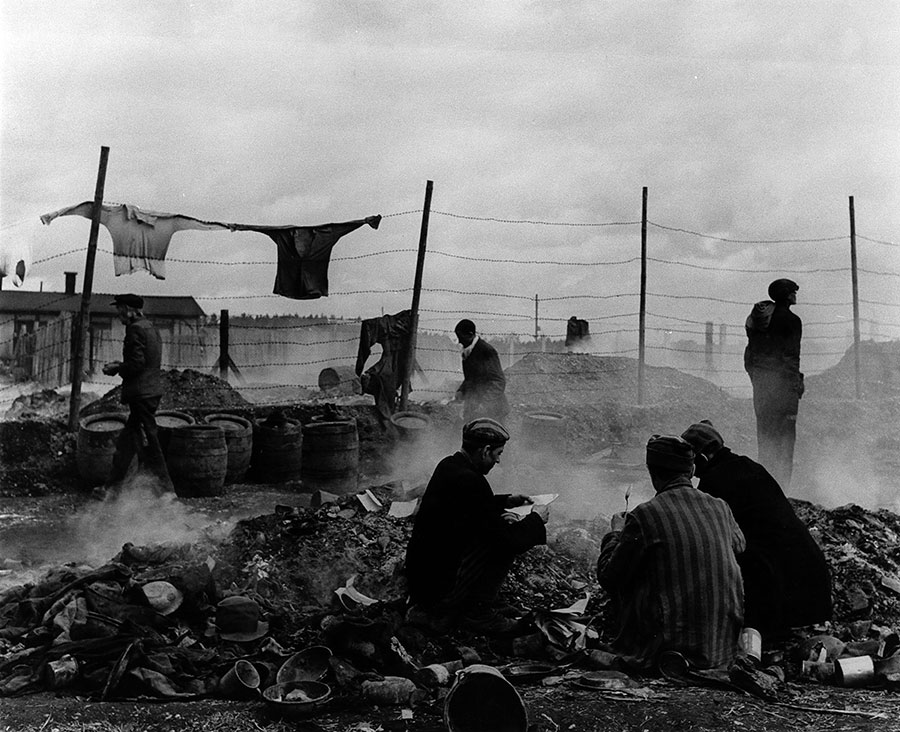In Pictures: Women War Photographers
A new book presents images by eight pioneering women who reported from conflict zones
A new book presents images by eight pioneering women who reported from conflict zones
Since the 1930s, women have been reporting from war zones across the world. While their photographic work was overlooked for many years, Women War Photographers, published by Prestel compiles women’s contributions to war reporting over the decades. From images taken during the Spanish Civil War (1936–39) to the Vietnam War (1955–75) and recent conflicts in the Middle East, we look at haunting images of conflict zones taken by eight women war photographers.

Gerda Taro, néeGerta Pohorylle, was a pioneer of women’s war photography. A member of the Communist Party of Germany, Taro left for Paris in the 1930s where she began working for the photography agency Alliance Photo. Adopting the psuedonym Gerda Taro and working alongside her partner Robert Capa she travelled to Spain in 1936 to document the Spanish Civil War. Probably ‘the first woman war photographer killed in action,’ Taro died in a motoring accident in 1937.

While Lee Miller is well known for her Surrealist images, she also took photographs during the Second World War for women’s fashion magazine Vogue. Miller was one of four officially accredited female American photojournalists to capture life in conflict zones during WWII.

Christine Spengler’s first wartime assignment was to Northern Ireland in 1972, in the midst of the Civil War. When asked about her motivation to report from conflict zones, Spengler explained: ‘I’ve always been a committed woman, a concerned photographer. It’s more than a mere fascination. I wanted to report on just causes.’

Catherine Leroy bought a one-way ticket to Vietnam in 1966. Upon her arrival, she was given formal accredication from the United States Marine Corps in Saigon and began taking photographs which were featured in LIFE, Paris Match and Look. In 1968, during the Tet Offensive, Leroy was captured by the North Vietnamese army. Upon her release she published a series of photographs documenting her time in captivity.

Susan Meiselas did not have an official assignment when she travelled to South America to document the Nicaraguan Revolution. Her image of a masked rebel was featured on the cover of The New York Times Magazine in 1978 and helped bring the uprising to worldwide attention.

From 1970–90, Françoise Demulder reported from conflict zones across the world. While she initially worked in black and white, Demulder began taking colour photographs in the 1980s, depicting violent hostilities in more vivid detail. ‘You can wake them up with photos,’ Demulder reportedly said in 1977.

Carolyn Cole worked as a photojournalist for a newspaper, before she began reporting from war zones in 1999. Her first assignment was to document the Kosovo War and in 2003 she travelled to Baghdad to report on the Iraq War.























